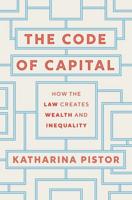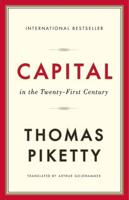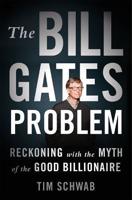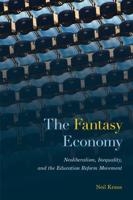Publisher's Synopsis
In 1987 a new retirement system, called the Federal Employees Retirement System (FERS), was introduced for federal civil service personnel. Some observers have hypothesized that FERS would alter the retirement and separation outcomes produced by FERS' predecessor, the Civil Service Retirement System (CSRS). This report compares the retirement and separation incentives embedded in FERS versus those in CSRS to see whether the incentives embedded in FERS are consistent with these hypotheses. It also examines which system is more generous in terms of providing greater expected net lifetime earnings and retirement wealth. To compare the systems, the authors compute expected net wealth associated with different separation and retirement ages for a representative individual. The authors also conduct sensitivity analyses to see how their comparisons differ under alternative assumptions. Finally, the authors use










